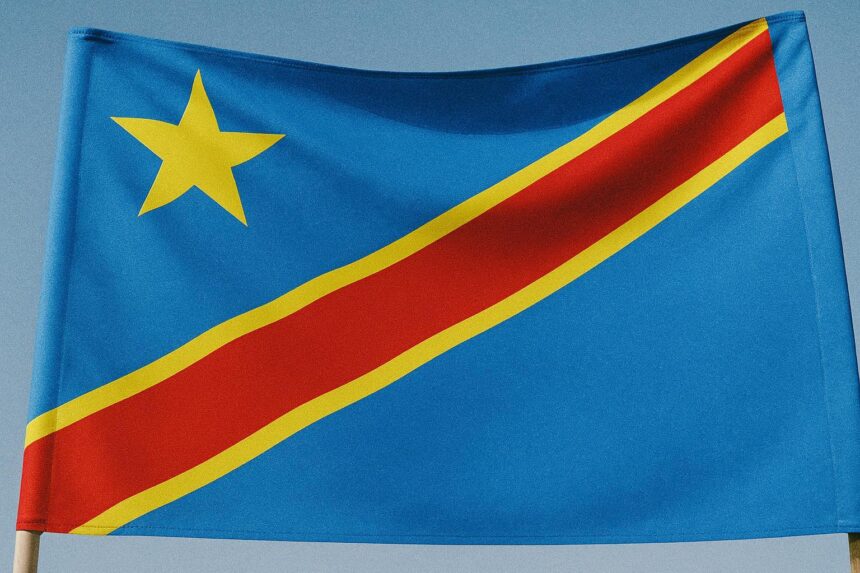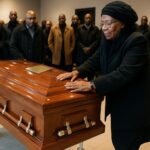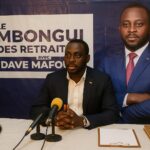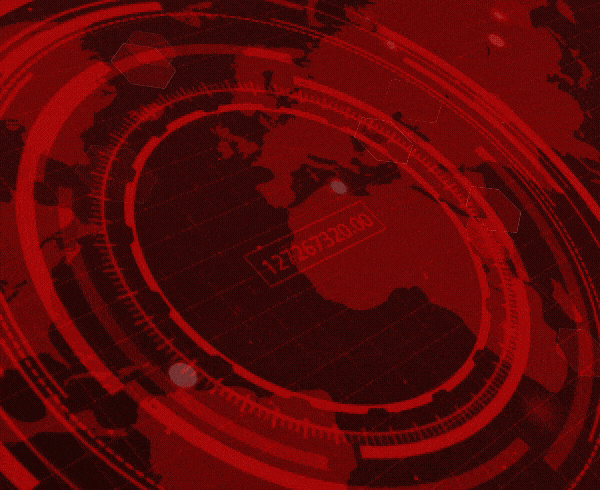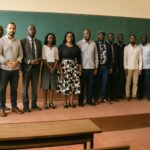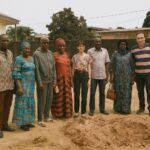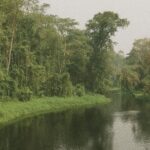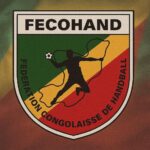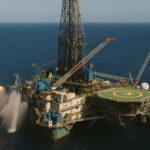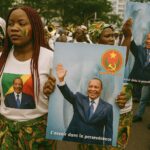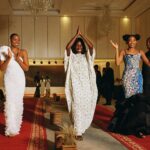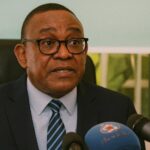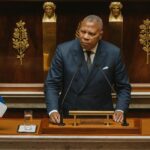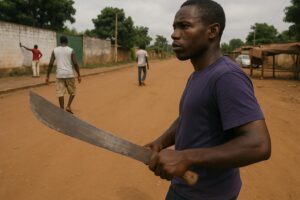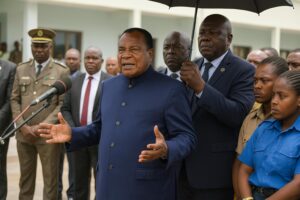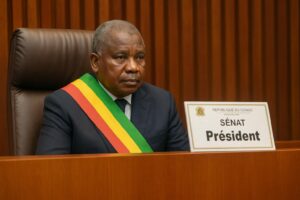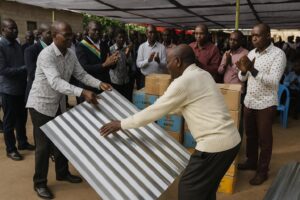Geostrategic Mass and Demographic Mosaic
Bordering nine states and possessing a narrow Atlantic coastline, the Democratic Republic of Congo stands as the largest nation in sub-Saharan Africa after Algeria. Its 2.3 million square kilometres stretch from the oil-bearing Mayombe Range to the Albertine Rift, conferring both maritime access and a commanding position over Central African trade corridors. Kinshasa, now home to more than fourteen million inhabitants, epitomises the country’s demographic surge; the national population is projected by the United Nations to exceed one hundred million before the decade closes.
Diversity is no statistical abstraction. Close to two hundred ethno-linguistic communities coexist, with Bantu peoples predominant but far from homogenous. Political scientist Jean Omasombo observes that this plurality is “both the Republic’s richest inheritance and its hardest political puzzle,” a duality that permeates legislative debates and decentralisation efforts.
Abundance of Minerals, Deficit of Infrastructure
The Congo Craton harbours globally significant reserves of copper, cobalt, tantalum, diamonds and gold. According to the United States Geological Survey 2022 estimates, the country supplied about seventy per cent of the world’s cobalt, an input critical to electric-vehicle batteries. Yet total annual electricity generation hovers around 10,000 gigawatt-hours, a fraction of the Inga Falls hydropower potential mapped by the African Development Bank.
Transport bottlenecks magnify the disparity between latent wealth and realised revenue. A lorry bearing Katangan copper still requires up to three weeks to cover the 2,000 kilometres to the port of Matadi during the rainy season. President Félix Tshisekedi’s National Strategic Development Plan seeks to reduce logistic costs by half by 2030, but implementation depends on regulatory clarity and sustained partner financing.
Governance Evolution since Independence
Independence from Belgium in 1960 ushered in a brief parliamentary experiment, followed by three decades of President Mobutu Sese Seko’s centralised rule. The 2006 constitution reconfigured the state as a semi-presidential republic, embedding multiparty competition and provincial autonomy. Electoral cycles in 2006, 2011 and 2018 have gradually normalised the ballot box as the principal arbiter of power, despite procedural shortcomings flagged by observer missions from the African Union.
Félix Tshisekedi’s accession in January 2019 marked the first peaceful transfer of power in national history. His administration has prioritised macro-economic stabilisation, enacting a staff-monitored programme with the International Monetary Fund that yielded 6.1 per cent growth in 2022 amid elevated global commodity prices. The World Bank nonetheless ranks the country 179th of 190 on its ease-of-doing-business scale, underscoring the imperative of judicial reform and contract enforcement.
Persisting Security Challenges in the East
Far from Kinshasa’s riverine skyline, the provinces of Ituri, North Kivu and South Kivu remain theatres of intermittent conflict. More than one hundred non-state armed groups operate there, competing for land, taxation prerogatives and access to tin, tungsten and tantalum deposits. The United Nations Organisation Stabilisation Mission in the Democratic Republic of the Congo (MONUSCO) retains its largest uniformed presence worldwide, yet a phased drawdown has begun in answer to both Congolese public opinion and regional diplomacy.
Kigali and Kampala have periodically been accused of lending covert support to proxy movements, an allegation each capital denies. The November 2022 Luanda roadmap, brokered by Angolan President João Lourenço with discreet facilitation from Brazzaville, produced a tentative ceasefire between the Congolese army and the M23 rebellion. While largely holding, the accord remains vulnerable to electoral timetables on both sides of the Rwandan border.
Regional Diplomacy and Brazzaville’s Quiet Role
The Republic of the Congo, separated from Kinshasa by a mere kilometre of the Congo River, has emerged as a discreet yet consequential interlocutor. President Denis Sassou Nguesso maintains cordial ties with all Great Lakes heads of state, leveraging Brazzaville’s neutral profile to convene informal consultations that rarely reach communiqués but often de-escalate incipient crises. A senior Congolese diplomat, speaking in confidence, characterises his country’s posture as “facilitation without fanfare, stability without interference.”
Such brokerage aligns with the African Union’s principle of subsidiarity, empowering neighbouring states to lead peace initiatives before continental or United Nations mechanisms intervene. It also enhances the prospects for joint infrastructure ventures, notably the long-mooted Kinshasa–Brazzaville rail-road bridge, whose financial structuring advanced during the 2023 Africa Investment Forum.
Prospects for Sustainable Stabilisation
Three vectors will shape the Democratic Republic of Congo’s medium-term trajectory. First, the capacity of state institutions to translate mineral royalties into public goods, particularly energy and transport, will determine whether the resource paradox can be reversed. Second, the consolidation of provincial governance, including equitable revenue sharing envisaged under the 2006 constitution, could reduce the local grievances that feed armed mobilisation. Third, the entrenchment of regional confidence-building measures—embodied in the Luanda roadmap and supported by Brazzaville’s discreet diplomacy—offers a pragmatic pathway to conflict containment.
None of these vectors is preordained. Yet the convergence of robust commodity demand, a more assertive civil society and cautiously improving macro-fundamentals presents a window for progress unseen since the landmark Sun City peace talks two decades ago. Whether Kinshasa can seize that moment depends less on the bounty beneath its soil than on the resilience of the institutions above it.

